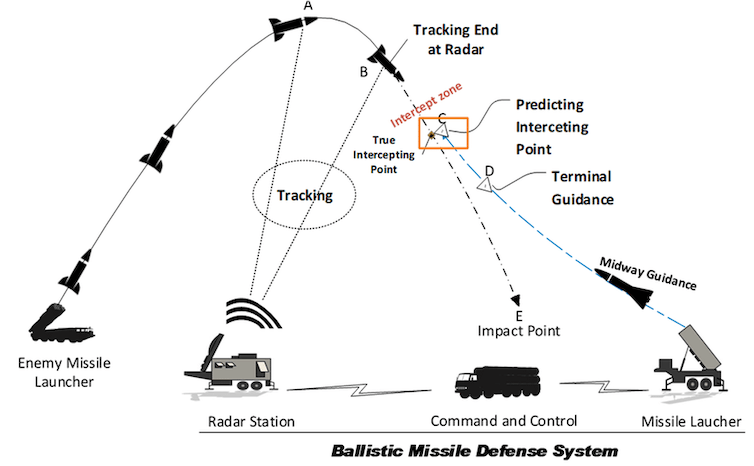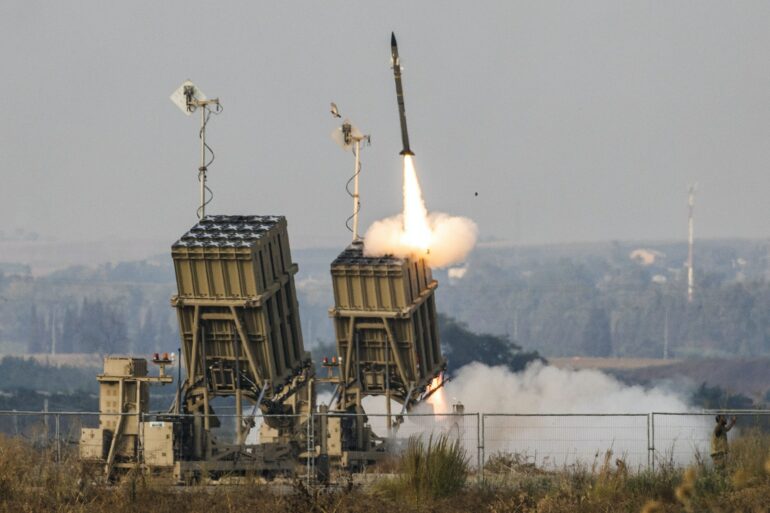Ukraine has received a broad array of military supplies from the U.S. and other allies. Recently, Ukrainian President Volodymyr Zelenskyy made an urgent plea specifically for additional air defense resources from the West in response to increased air attacks by Russia.
To understand Zelenskyy’s emphasis on air defense, it’s important to look at the types of air weapons that Ukraine faces and how air defenses work to counteract those threats. It’s also important to understand why this type of warfare is all about the number of assets each side has at its disposal.
Increased air attacks
On Oct. 10, 2022, Russia launched a large barrage of airborne weapons against a variety of targets in Ukraine. The types of weapons involved in the attack included short-range ballistic missiles and cruise missiles.
Ballistic missiles are accelerated by rockets from the ground or from aircraft, tend to follow a predictable path and are somewhat easier to track. Cruise missiles carry a propulsion system that allows them to maintain speed and fly more unpredictable flight paths, including trajectories that are close to the ground. They are much more difficult to detect, track and shoot down.
Then, on Oct. 17, Russia launched a barrage of explosive drones at Ukraine’s capital city, Kyiv. Explosive drones, known as loitering munitions, tend to be small weapons that are difficult to defend against. By circling overhead, they are able to surveil a region of interest, gathering information before identifying a specific target to attack. Russia has acquired explosive drones from Iran, according to U.S. officials.
Air defense systems
The defense against all such air threats involves an integrated system of several elements.
Early warning radars located at Ukraine’s borders first detect the approach of missiles. These weapons are further tracked along their flight trajectories by a dispersed network of additional radars. The primary defensive countermeasure against ballistic and cruise missiles involves surface-to-air missiles (SAMs): You destroy a missile using a missile. This is no easy feat because the SAM must track, home in on and hit a high-speed target that may be changing direction.

The fundamental elements of a missile defense system.
Nguyen, Dang-An et al., CC BY-NC
In the U.S., key strategic assets such as the White House are protected against aerial attack by the National Advanced Surface-to-Air Missile System (NASAMS). NASAMS was designed to counteract a variety of incoming threats, including cruise missiles, aircraft and drones. Each NASAMS contains 12 interceptor SAMs. No information is available publicly on its effectiveness. NASAMS is one of the options being considered by the U.S. to help support Ukraine.
Another notable example of an air defense system is the Israeli Iron Dome. The system is designed to defend against rockets and artillery shells launched from up to 155 miles (250…
